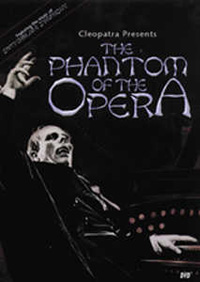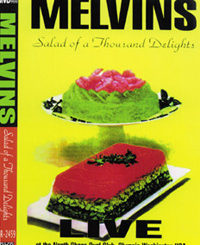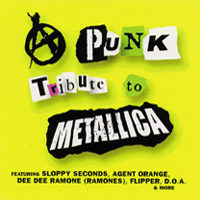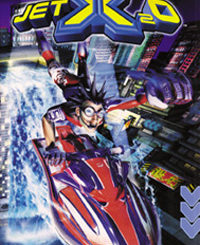 Phantom of the Opera
Phantom of the Opera
with Lon Chaney, Mary Philbin, Norman Kerry
Music by Switchblade Symphony
Directed by Rupert Julian, Lon Chaney
(Cleopatra/MVD)
by Eric Johnson
Cleopatra Records has done a very cool thing. For the second time, they’ve re-released a classic, silent-era horror film, replacing the original soundtrack with a Gothic industrial mix. This time around, the film is Phantom of the Opera and the music provided by Switchblade Symphony. It’s a brilliant formula because it punctuates those harrowing moments that silent films created so effectively. Unfortunately, and for several reasons, this pairing goes disappointingly sour.
Phantom of the Opera is a tale of the unrequited love a disfigured madman has for a young Prima Donna. Portrayed by Lon Chaney, the Phantom lives in catacombs buried deep beneath the opulent Paris Opera House. He is a strange character, terribly sad, mutilated, lonely, unbalanced, and psychotic. He haunts the theatre like a ghost, his face obscured by a haunting white mask. Despite a bizarre resemblance to Tim Conway, the noseless, lipless phantom is a truly frightening character. His makeup, based upon the multitude of hideously scarred Great War veterans who wandered the streets of Paris during the 1920s, is truly disconcerting without obscuring the gifted actor beneath. Abducting the young woman he covets and spiriting her away to his, strangely radical, apartment in the sewers inaugurates a series of truly frightening scenes that illustrate just how complicated and “modern” the visual storytelling techniques of silent movies actually were.
Released in 1925, Phantom of the Opera was one of the most ambitious and complicated productions of its day, featuring some amazing set design and fairly impressive special effects. Like many pictures of that era, there is no single, definitive print, and it’s anyone’s guess what the director, editor, or producer’s original intention was. This version was specifically chosen because it focuses upon the frightening aspects of the film rather than the romantic storyline seized upon by the broadway musical and subsequent big-screen remakes. I’m not sure if it was a good choice because the scariest thing about this particular print is its horrifically poor condition. The harrowing unmasking scene, which shocked contemporary theatergoers, looks like someone has spilled coffee all over it. The editing is poor, chock full of jump cuts, and two freaky scenes in which the phantom’s cloak were painted red, by hand, cell by cell, are in such degraded condition that the red hue is barely visible. In spite of this, it’s obvious that Phantom… is a very good movie, and effectively scary even by modern standards, despite the decidedly flamboyant acting style and a few cheesy plot twists. The Phantom’s death is particularly profound. Cornered by a seething mob, they hesitate when he raises a closed fist over his head. Opening his hand to reveal an empty hand, he laughs as they close in and kill him, amused because he has scared them with nothing; his only real power is in mystery, thrust into the light he is easily dispatched.
It’s not clear to me if Switchblade Symphony was a poor choice to supply the music for this release or if the sound editor was profoundly drunk at the time he mixed the soundtrack. Songs are haphazardly slapped together in a particularly abrupt and amateurish fashion. The vocals, which should have been a brooding, lush, and unsettling dramatic presence are actually a distraction that exaggerates the poor quality of the film print. A more discriminating editor should’ve allowed singing to occur only in places where it would augment the story and improve the movie. As it is, the music is endlessly repeated in small chunks and abruptly interrupted, sometimes in mid-chorus and reduces the movie to a poorly-conceived music video. The music is never bad, simply out of place.
Unlike Nosferatu, which was vastly improved by this treatment, Phantom of the Opera struggles to hint at how good a movie it is in spite of the terrible print and poor sound editing. I like silent horror films and sincerely hope this is not the last film to receive this treatment. They are haunting and discomforting tales and have a sense of visual style lost for almost thirty years after the advent of sound.
(www.musicvideodistributors.com)



